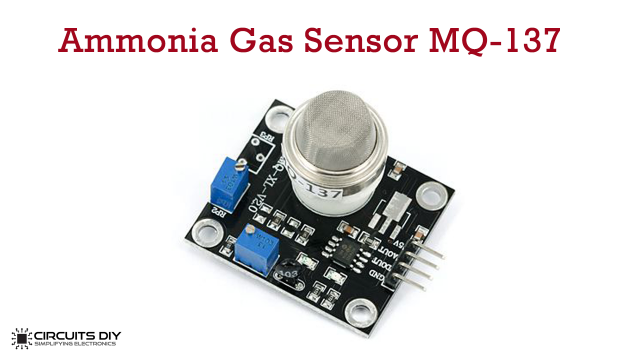RTD stands for “Resistance Temperature Detector“. They are a type of temperature sensors that contain a resistor that changes resistance value as its temperature changes. RTD Temperature Sensor is more accurate and stable than other temperature sensors such as thermocouples or thermistors. Typically, RTDs contain either nickel, platinum or copper wires, as these materials have a positive temperature coefficient.
The length of these fine coiled wire is wrapped around a ceramic or glass core. The element is usually quite fragile, so it is often placed inside a sheathed probe to protect it.

Working Principle of RTD Sensor
An RTD sensor consists of a resistance element and insulated copper wires. The number of wires is mostly 2 but some RTDs have 3 or 4 wires. The resistive element is the temperature sensing element of the RTD. It is usually platinum because it has a wide temperature range and it offers an almost linear relationship between temperature and resistance.
A Resistance Temperature Detector (RTD) functions on the temperature and resistance relationship in metals. It works on the principle of measurement that the resistance of material changes with temperature. When the metal’s temperature increases, the resistance to the electron’s flow also increases. The resistance of Resistance Temperature Detector (RTD) changes constantly with respect to the applied temperature, so the temperature is quite predictable by measurement of its resistance. It is this property that allows the Resistance Temperature Detector (RTD) to measure temperature more consistently and accurately.
Advantages
Advantages of using RTDs over other temperature sensors are:
- Offers long term stability
- High repeatability
- Suitable for extreme environments
- Highly accurate
- Consistent
- Have a high-temperature range
Disadvantages
The disadvantages of Resistance Temperature Detectors include:
- Low sensitivity
- Requires three or four-wire operation
- More expensive than thermocouples
- Affected by vibration and shock
Applications of Resistance Temperature Detector (RTD)
- In Communication and Instrumentation, it is used as a temperature sensor and amplifier.
- It can work as an audio amplifier and engine oil temperature sensor for automobiles.












